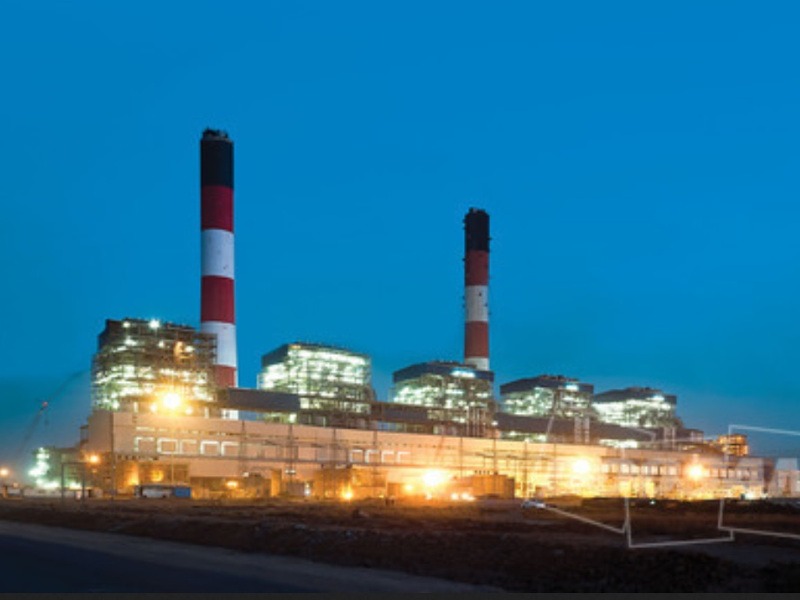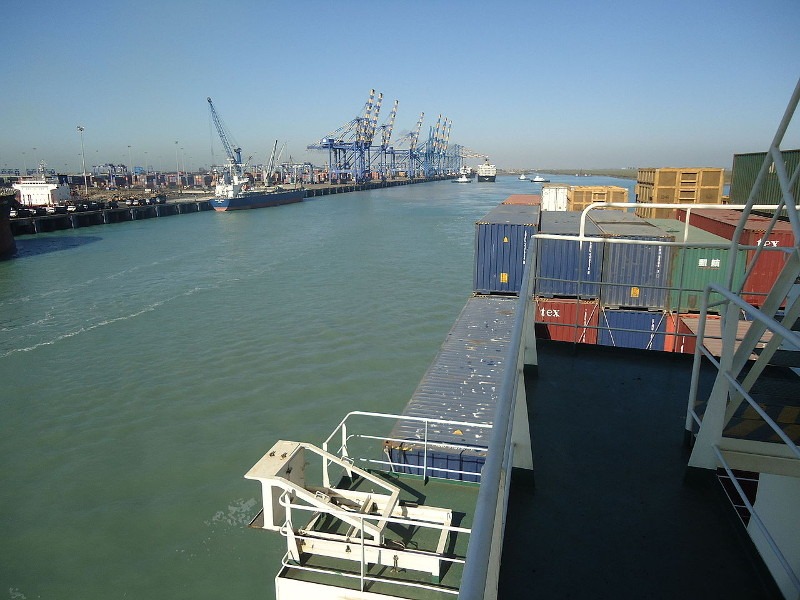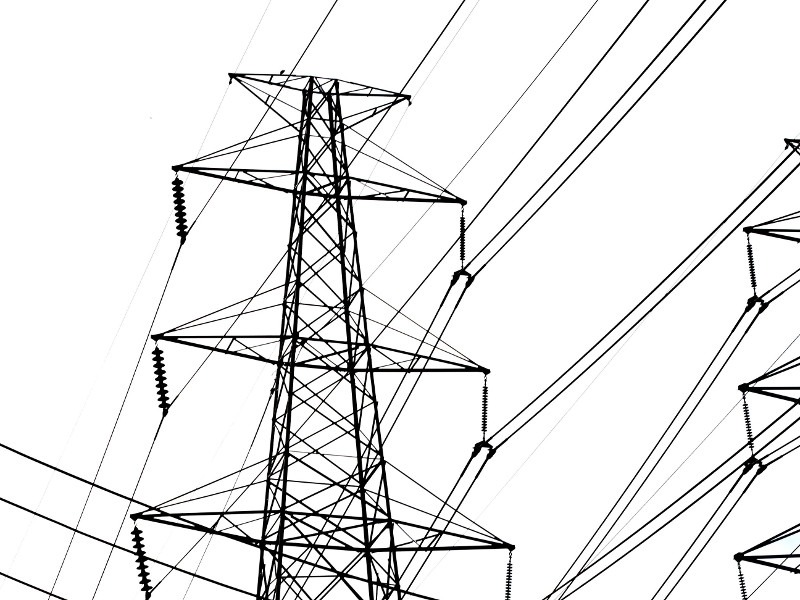The 4GW Tata Mundra ultra mega power plant located in the Kutch district of Gujarat is one of the biggest coal-fired thermal power plants in India.
Operational since 2012, Tata Mundra is the first coal-fired plant in India to use supercritical boiler technology, which reduces the green house gas (GHG) emissions by up to 15% compared to sub-critical coal-fired power generation.
Coastal Gujarat Power, a wholly-owned subsidiary of Tata Power, is the developer and operator of the power plant.
Construction on the $4.2bn project was started in 2007. The plant consists of five generating units, which were commissioned between March 2012 and March 2013.
Project Gallery
-

The 4,000MW Tata Mundra ultra mega coal-fired thermal power plant is located in the district of Kutch in Gujarat, India. Image courtesy of Doosan Heavy Industries & Construction.
-

The Tata Mundra power plant receives up to 12Mt of coal supply a year from the Mundra Port. Image courtesy of Felix Dance.
-

Credit: Siggi Churchill.
The project created 5,000 construction and 700 operational jobs.
Tata Mundra ultra mega power plant location and make-up
The Tata Mundra ultra mega power project was developed on a 1,305ha site in the coastal areas of Mundra taluka in the Kutch district of Gujarat. The power plant is accessed by the SH-6 and NH-8A highways, which are 6km and 15km away from the site, respectively.
The plant is equipped with five 800MW pulverized coal-fired power generating units using supercritical boilers and once-through type super-critical steam generators.
The plant configuration comprises three interconnected structures including the boiler structures, the turbine building, and the integrated control and electrical building.
The plant uses seawater-based once-through cooling system, consuming up to 14.99 million cubic meter (mcm) of sea water a day.
Sub-bituminous coal is used as the main fuel for power generation, while fuel is used for start-up and flame stabilization.
The plant uses two 275m flue stacks.
Tata Mundra ultra mega power plant development
The first 800MW unit of the plant was commissioned in March 2012, followed by the second unit in July 2012. The third unit was brought into operation in October 2012, while the fourth and fifth units were commissioned in January and March 2013, respectively.
Coal supply for the power plant
The Tata Mundra power plant uses up to 12 million tonnes (Mt) of imported coal a year, which is transported by rail with bottom-open and bottom-release (BOBR) wagons from the nearby Mundra Port.
Power transmission and distribution
The electricity generated by the plant is sold to five Indian states including Gujarat (1,805MW), Punjab (475MW), Rajasthan (380MW), Maharashtra (760MW), and Haryana (380MW), under a power purchase agreement signed between Tata Power and the states, in April 2007.
The power is transferred through six 400kV lines built by the Power Grid Corporation of India.
Financing
The Tata Mundra power project was developed with $1.8bn of external commercial borrowings from a group of institutions including the Asian development bank, Export-Import Bank of Korea, the International Finance Corporation, the Korea Trade Insurance Corporation, and BNP Paribas.
State Bank of India (SBI) was the lead arranger of rupee loans for the project.
Contractors involved
Toshiba supplied five 800MW supercritical steam turbines, while Doosan Heavy Industries & Construction provided boilers for the Tata Mundra power plant.
